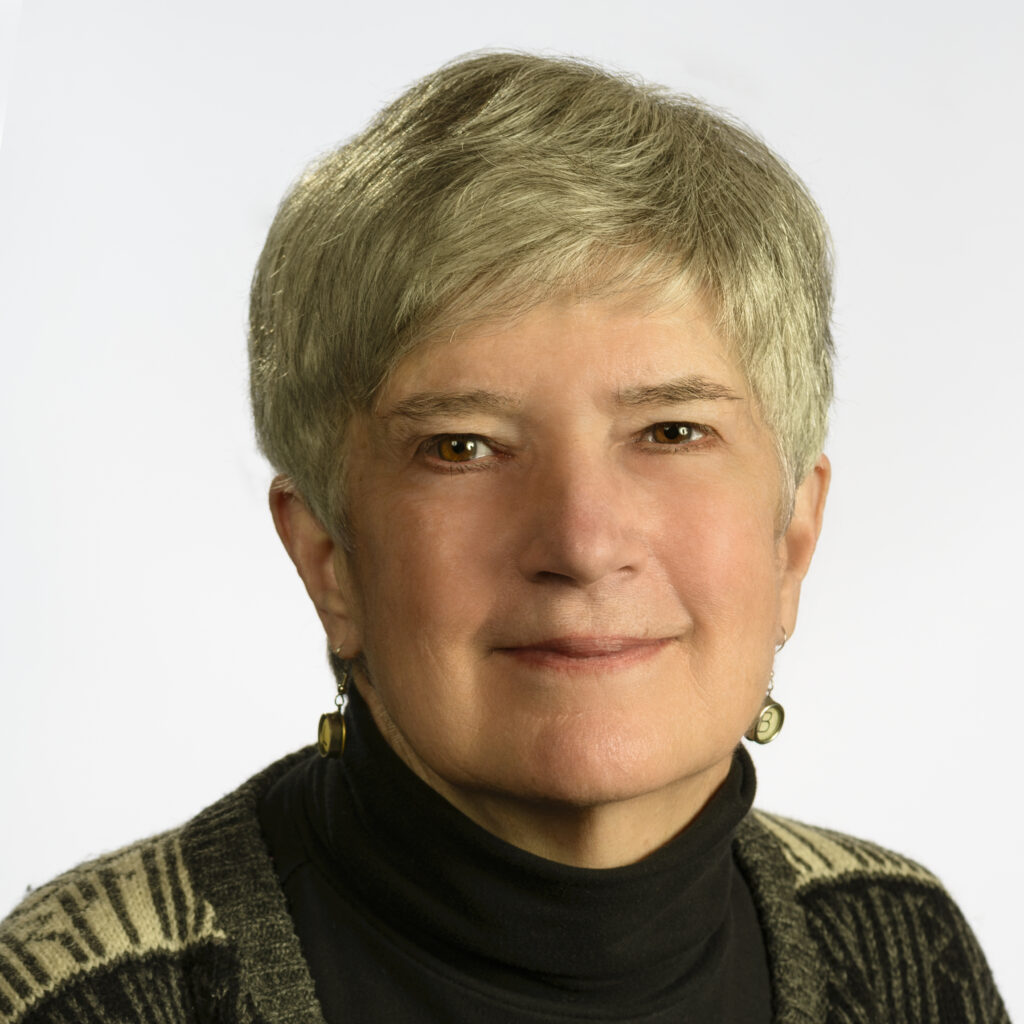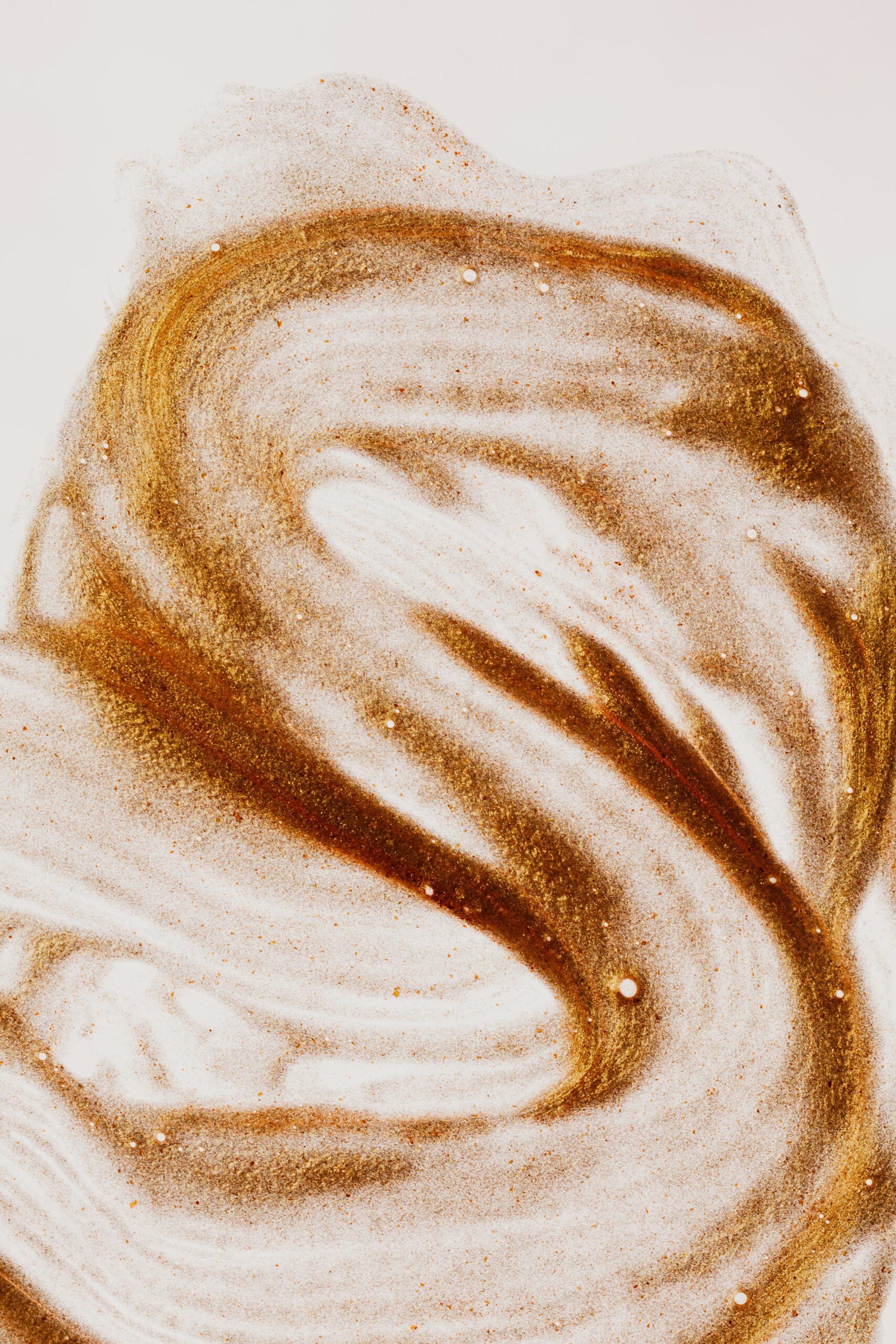Sometime in high school, I came to define myself as a New York School poet. I would get in trouble racking up terrible phone bills because a friend of mine (who lived in New Jersey) and I would read John Ashbery and Frank O’Hara poems to each other over the phone. One might wonder if my love of New York School poetry was just because I am such a New Yorker. (I can’t drive and am more afraid of ticks than people loudly ranting on the B train.) Maybe. The messiness of the New York School appeals to me, both as a poetic style and as a way of living. I thrive in a certain kind of lively chaos and find myself skeptical of poems—and people—that are too elegant or oracular. So maybe it’s strange that the poet I learned the most from as a professor is Linda Bierds, whose sensual and intellectual poems couldn’t be further from the humorous and wildly surreal style that characterizes my own work.
I grew to admire Bierds’ poetry as a college student when I found a copy of her book The Ghost Trio on the shelf of a local bookstore. Her poems use fragments of historical narratives to question the nature of art, consciousness, and grief. The surfaces of her poems are often ornate, almost baroque, full of sensual detail and subtle juxtaposition. They resemble an older style of formalism, written in a loose blank verse. The tone is detached, and the ends of the poems fit, as Yeats recommended, like a tight lid on a box. Underneath the polished veneer, her poems ask questions and allow binaries to play off each other and create ambiguity. Her work was important to me when I was in my early 20s because, in addition to awing me with their beauty, they opened up possibilities of what poetry could be.
Underneath the polished veneer, her poems ask questions and allow binaries to play off each other and create ambiguity.
By the time I arrived in Linda’s workshop, it was my second year of graduate school. I had been writing poetry for a decade and had taken I don’t know how many workshops and writing classes. I mainly remember the stressful and sad parts of the first year of my MFA: the woman who ran out of a workshop to vomit, my attempt to teach English composition after only a week of training, the long-distance melodramatic breakup with my undergraduate boyfriend, my roommate problems created because I hogged the shared house phoneline, and my move into a damp, carpeted basement apartment in a building that my landlord claimed—I am sure falsely—had once been home to Gypsy Rose Lee. Mainly I remember a deep loneliness made more acute by the grizzled Seattle weather. Linda’s class was such a respite during that time in my life because she always appeared happy to be there. Her warmth and compassion were contagious.
The most important thing I learned from Linda Bierds’ class was a way of thinking about what an assignment should be. In my first year of graduate school, I struggled to get anything from the assignments. They were either too prescriptive—such as “write a narrative poem where the speaker overhears something, thinks it’s false, and then grows to realize it’s correct”—or too open-ended. In contrast, Linda crafted her assignments so students with a wide range of aesthetic bents and ways of thinking about poetry could use them. I want to call this approach to homework “The Goldilocks Method” because there was always just the right amount of structure: not too much or too little. Her constraints gave the students a way of thinking about poetic form without limiting their organic process or creativity. Each week, as she shared the new assignments and the packet of poems that demonstrated what she was asking us to do, she would discuss the relationship between theme and form. For example, when she brought in poems that were in couplets, she would lecture on how that form lends itself to thinking about dualities or relationships. Or when she talked about single-stanza poems, she gave us examples of poems that took place in a single moment in time or captured a feeling of simultaneity or movement. For the section poem assignment, she explained how the form permits switching perspectives and tones. I say “lectures,” but the lectures themselves were very short; she spoke quickly with a lot of enthusiasm, as if she wanted to cram as much knowledge as she could into the small segment of the class reserved for the assignments. She was always so excited, as if she had just discovered those ideas that week and was thrilled to be able to gift them to us.

I remember her first assignment. She told us to take a poem we had already written and try rewriting it as a villanelle. Because villanelles are famously difficult to write, only one student got a decent poem out of this exercise, but what we learned from the lesson was more important than the products we created. The assignment taught us to be flexible as we approached our own writing, to be open to how revising a poem into a different form might change its meaning and tone. The structure of the assignment suggested how we might approach our own work as elements of a collage where lines could be rearranged, torn apart, and jumbled together in new ways.
Another thing I valued about Linda Bierd’s workshop was her practice of having us write what she described as extensive peer critiques on one another’s work. Each week we would be assigned another student’s poem to focus on, and the structure of the critiques was always the same. Below is a recreation of what Linda gave.
- Overview/Walk-through: What does the poem say literally? What is happening in the poem? What do you think the theme of the poem is (if there is a theme)? How are the ideas made complex? Where does the tone shift? Describe the form of the poem.
- Timing: Does the poem contain any imagery or action that distracts from its central mission? Are there any sections that seem overly wordy? Where?
- Techniques: What techniques does the poet use?
- Closure: Does the poem seem complete to you in terms of the emotional and/or intellectual response it inspires? Why?
- Language: Are there specific words or phrases that seem overused, dull, jarring or out of place? What are they?
Workshops would always begin with the student who wrote the peer critique on the poem summarizing what they had written. This helped break the ice and avoid the often-awkward pause common at the start of discussions. It was also a guarantee that the person who started the discussion was someone who had already devoted a considerable amount of time to the poem.
Linda’s structure helped the class focus and really understand what was in front of them instead of just looking for ways to “fix” it.
Before I took Linda’s class, workshops often felt random to me. Students would start by saying why they didn’t like the comma in the fourth line or wondering whether the poem might have been better written in a totally different style. Linda’s structure helped the class focus and really understand what was in front of them instead of just looking for ways to “fix” it. Everyone in the class approached poetry differently; there were students writing narrative poems about nature and others writing comic philosophical poems that utilized the fragment. Despite our differences, she taught us how to be respectful of different styles and ways of thinking of what a poem is and could be. Her comments on our work were always thoughtful and perceptive, and through her detailed suggestions we learned ways of critiquing one another’s work.
I did an independent study with Linda to prepare for teaching my first poetry writing class. During our time together, I developed many ideas that still influence how I teach creative writing today. She helped me to figure out what my own pedagogy is, and how it might be different from her own. She encouraged me to think about what my own class objectives would be and how I could develop my own assignments and approaches to reach them.
This past spring, I went to the University of Washington open house at AWP. I didn’t know anyone there (I had graduated too long ago), so I ended up chatting with someone who had graduated from the program a couple of decades after me. I mentioned that I had had lunch with Linda the day before, and I was struck by his comment that she was “the nicest person he had ever met.” I think it’s true. She always seemed so genuinely excited to see her students and former students succeed and was always so happy to be there spending time with us, talking about poetry. When I talk about her kindness, I don’t mean that she didn’t sometimes have an edge or that she was overly nice in a phony way. Instead, what I mean is her kindness radiates outward. I think about this quality as I prepare to start my 17th year of teaching creative writing at Rutgers. I long and strive to be able to bring that same generosity of spirit, open-mindedness, and compassion to my students in the coming year. As I plan my lessons, I try to summon that gentle enthusiasm within myself.
Read more by Joanna Fuhrmann in Teachers & Writers Magazine:
• Image to Word: An Abecedarian List of Poetry Games and Experiments
• Jayne Cortez and the Joyful Anti-Ode
• The Map as Metaphor: Poetic Cartographies in the Virtual Classroom
Joanna Fuhrman is an Assistant Teaching Professor in Creative Writing at Rutgers University and the author of seven books of poetry, including To a New Era (Hanging Loose Press, 2021) and the forthcoming Data Mind (Curbstone/Northwestern University Press, 2024). Fuhrman's poems have appeared in Best American Poetry 2023, The Pushcart Prize anthology, The Academy of American Poets' Poem-a-Day, and The Slowdown podcast. She first published with Hanging Loose Press as a teenager and became a co-editor in 2022.


